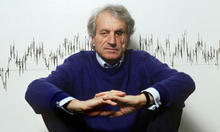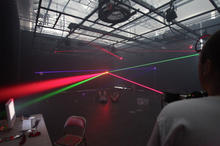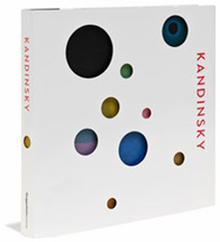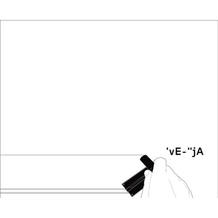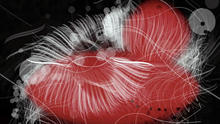Mycenae-Alpha
(1978)composed by Iannis Xenakis on the UPIC system, presents an example of the relationship between graphic image and sonic structure in electroacoustic music. It is also the first work to be composed entirely on the UPIC system.
Mycenae-Alpha is an electroacoustic work that Iannis Xenakis composed in 1978 as part of an installation of lights, movement and music that took place at Mycenae Acropolis in Greece. Mycenae-Alpha is also the first work to be composed entirely on the UPIC system. The UPIC is a tool for the graphic composition of electroacoustic music which was first developed in the late 1970s by Iannis Xenakis and his staff at the Center for Studies in Mathematical and Automated Music in Paris. The UPIC has undergone several modifications and improvements since that time. My presentation today is organized around two main topics related to Mycenae-Alpha. The first topic concerns the relationship between the striking images that make up the work's graphic score, which is included in your handout, and the equally striking sounds that these images represent. The second topic concerns the large-scale structure that is generated by the relations among the various sections of which the work is composed.
Source: Images of Sound in Xenakis's Mycenae-Alpha by Ronald Squibbs (PDF)



